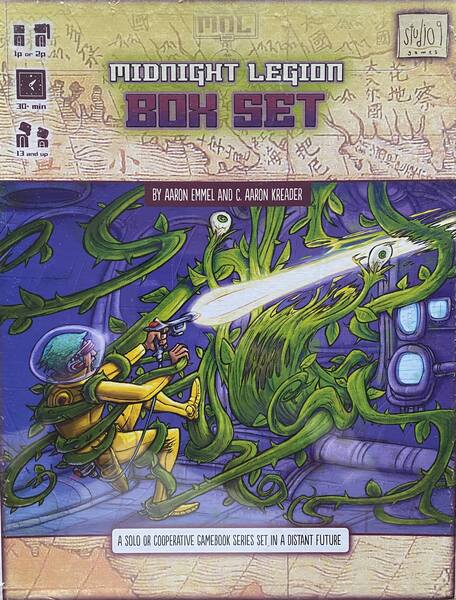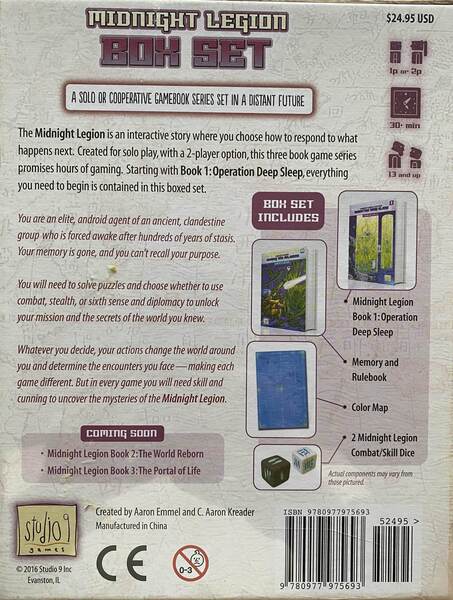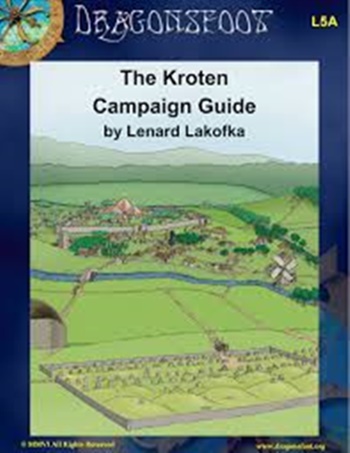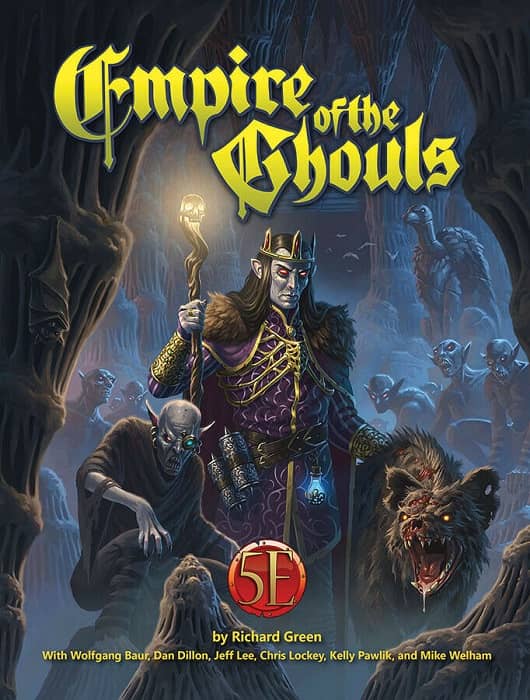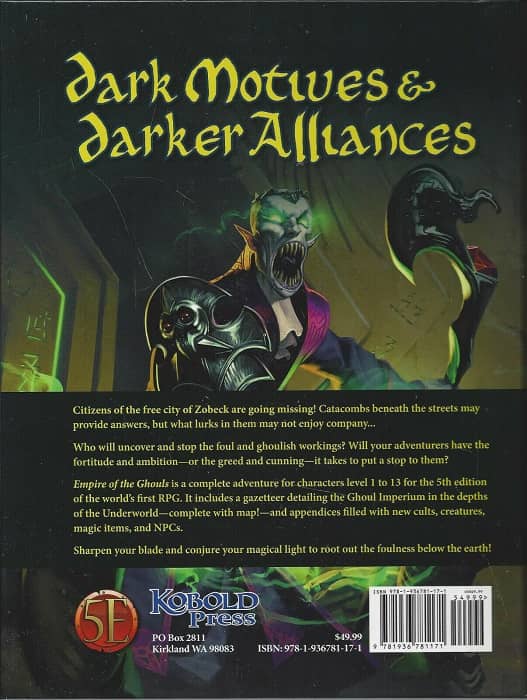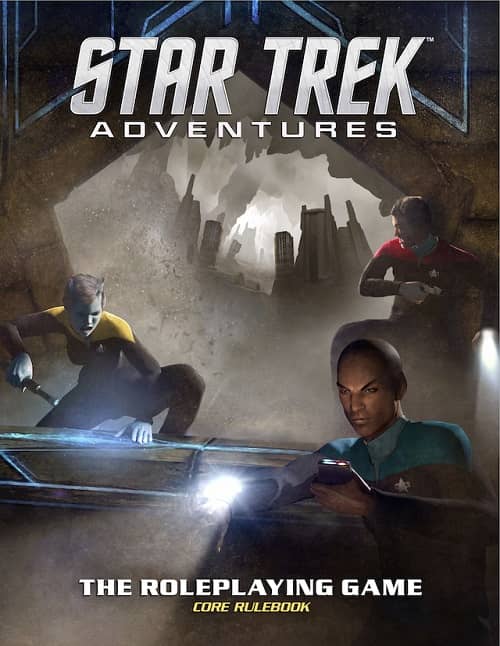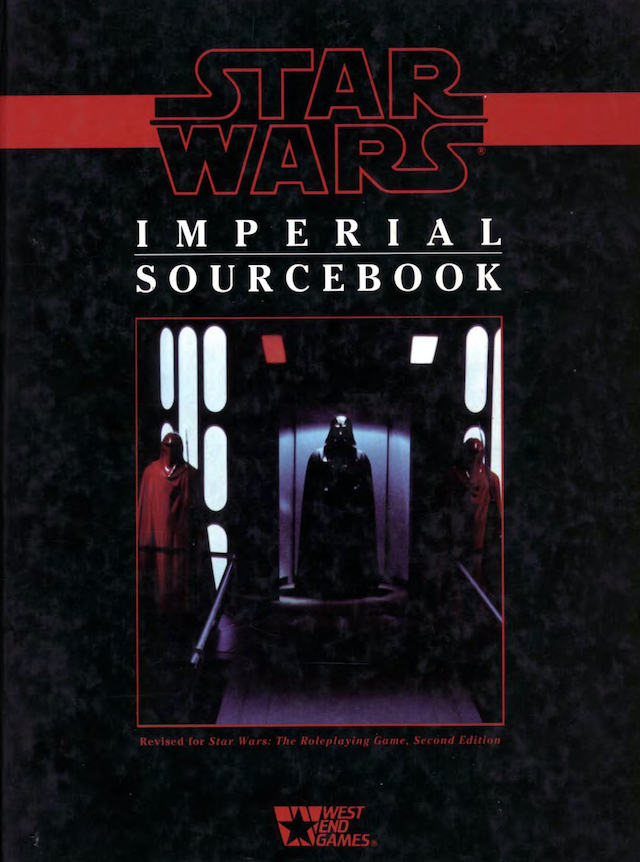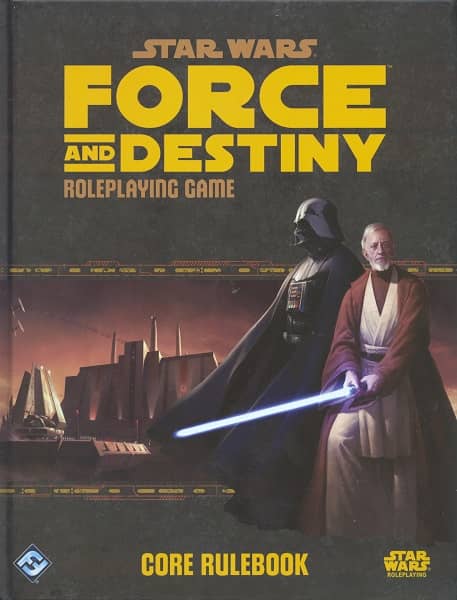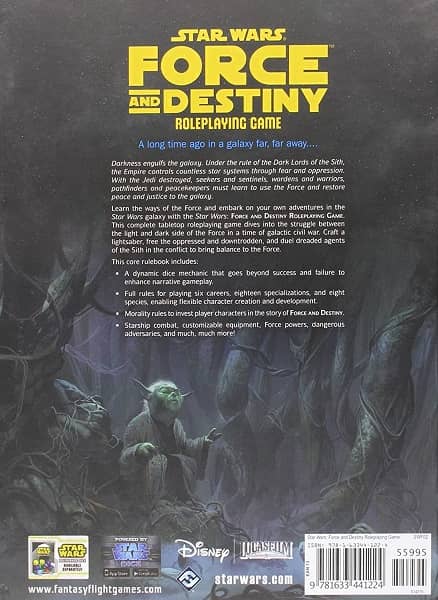Uncover the Frozen Secrets of the Forbidden Lands in The Bitter Reach from Free League
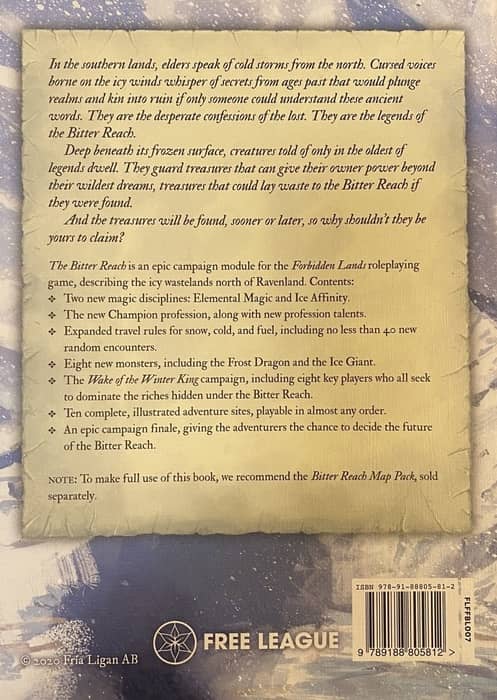 |
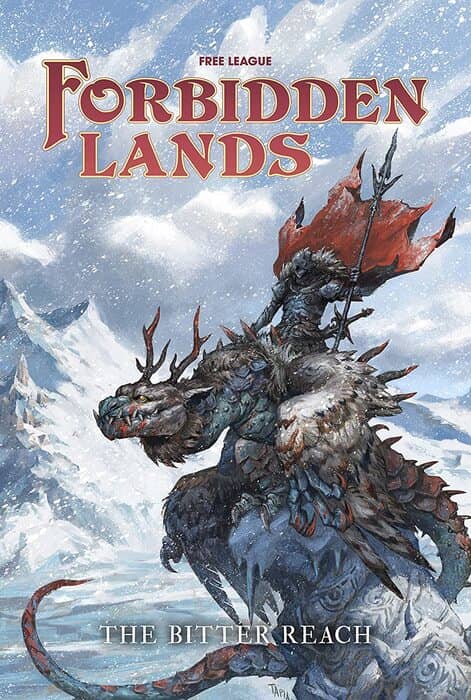 |
The Bitter Reach by Free League, an expansion for the Forbidden Lands RPG
Last year at the Spring 2019 Games Plus Auction (when it was still legal to go to such things), I was supposed to be saving all my pennies for auction bargains. But before I even reached my seat, a new games on the shelves caught my eye: Forbidden Lands, a boxed RPG developed by Swedish development house Free League, and distributed in the US by Modiphius. Here’s what I said about it at the time:
What drew me to Forbidden Lands? Truthfully it was the cover art by Simon Stålenhag, and the impressively sized (and heavy!) box. Once I picked it up however, it was the back-cover text that fired my imagination.
In this open-world survival roleplaying game, you’re not heroes sent on missions dictated by others — instead, you are raiders and rogues bent on making your own mark on a cursed world. You will discover lost tombs, fight terrible monsters, wander the wild lands and, if you live long enough, build your own stronghold to defend.
Last thing I need is another fantasy RPG crowding my shelves, especially one in a generic fantasy setting. But the evocative text sold me on the promise of a dark world far-removed from routine high fantasy tropes, and characters that sounded a lot closer to sword & sorcery archetypes than I’m used to. The price on the box was $49.99, and I decided to take a chance.
Well, I’m very glad I did. Forbidden Lands proved to be one of the most exciting and successful new role playing games of 2019, and the early expansions looked very promising. So when I returned to Games Plus for Free RPG Day in July and found a brand new expansion, The Bitter Reach — a handsome and imposing 312-page hardcover — I snatched it up immediately.

